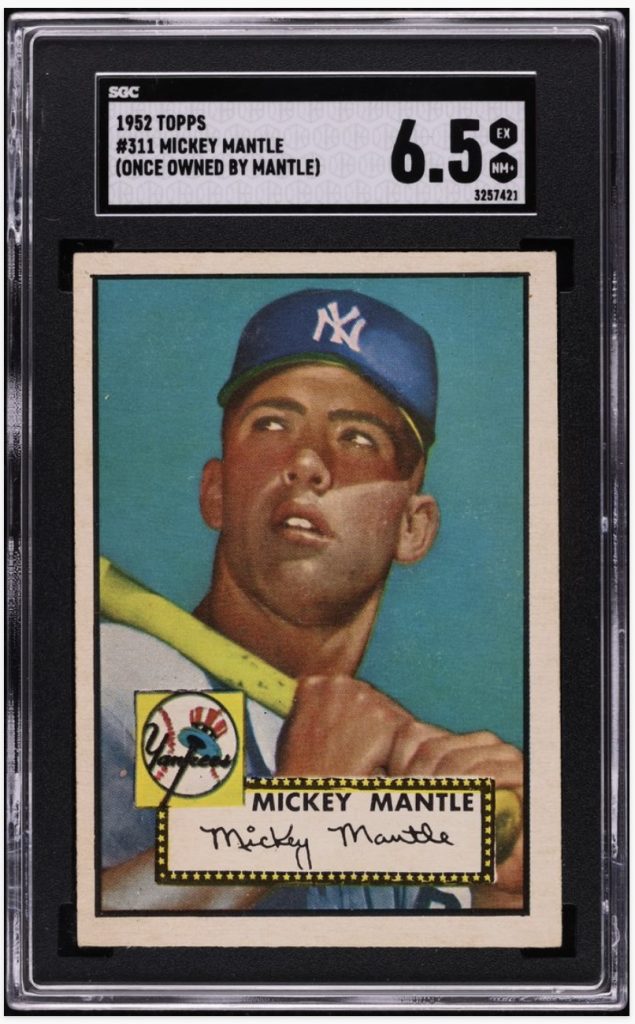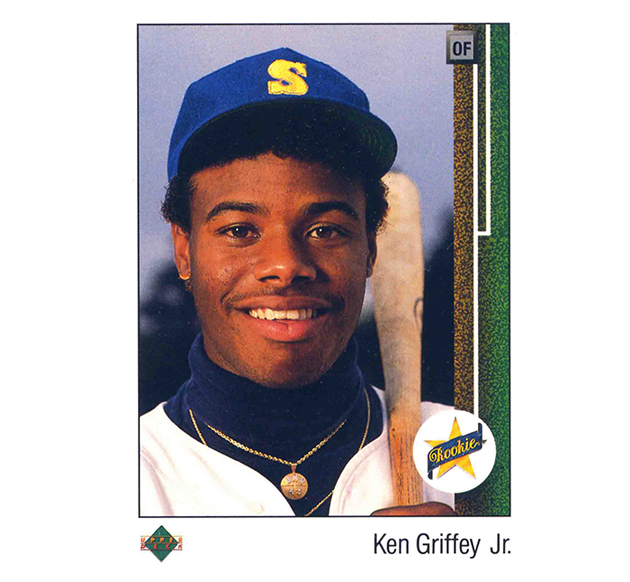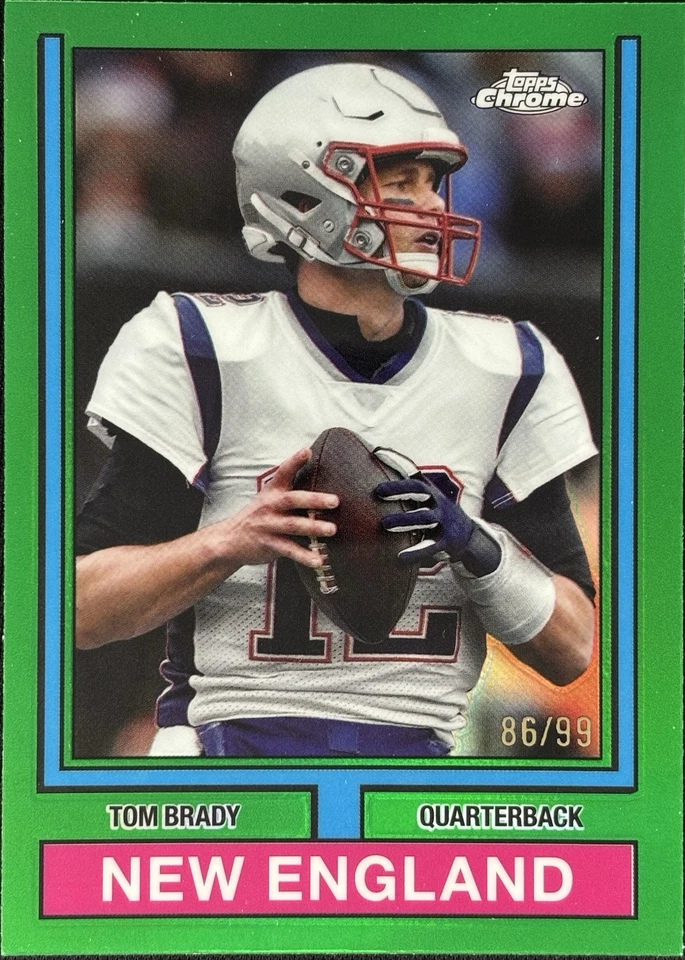As you sit in front of a wide-screen TV, re-watching last night’s football game while checking tennis results on your phone, do you ever pause to marvel at how incredible this era of sports fandom is? Maybe you’re also flipping through a digital sports trading card app, hunting for a rare rookie card of yesterday’s MVP.

Sports trading cards mirrored this simplicity. Companies like Topps began mass-producing baseball cards in the 1950s, sold with gum for a nickel. They were tangible tokens of fandom—kids traded them in backyards, and collectors cherished black-and-white photos of hometown heroes. Following a team meant effort, and owning a card of your favorite player felt like holding a piece of that loyalty. The rarity of seeing distant stars in action made those cards even more mythic.
**Big Broadcast Media – 1980s-1990s**
Television turbocharged sports’ popularity, turning fandom into a remote, global affair. Suddenly, you didn’t need to live near a stadium to follow your team—games beamed into living rooms worldwide. Established franchises gained international followings, and athletes morphed into superstar celebrities, raking in fortunes. Mega-events like the Olympics and World Cup became must-watch spectacles, drawing hundreds of millions of viewers.

Trading cards evolved too, entering a boom period. Colorful, glossy sets from brands like Upper Deck joined Topps, featuring stats and action shots that TV fans craved. Cards became big business—rarity and condition drove prices skyward, with some fetching thousands at auctions. Traditionalists lamented that fandom was shifting from community spirit to merchandise wars, and cards reflected that: less about trading with friends, more about investment potential. Still, they kept fans connected to their idols, now larger-than-life on screen.
**The Online Era – 2000s-2010s**
Just when sports consumption seemed maxed out, the internet unleashed an era of abundance. Instant news updates replaced waiting for the paper, and fan blogs—later YouTube channels and social media—gave supporters a voice. Global audiences flocked online, discovering new ways to engage, like online sports betting in Canada or elsewhere, accessible with a few clicks. Interaction deepened; fans weren’t just watching—they were debating, predicting, and living the outcomes.

Sports trading cards went digital, too. Online marketplaces like eBay made buying and selling a global game, while virtual card games and apps emerged. Physical cards didn’t fade—sets grew sleeker, with autographs and jersey swatches boosting appeal—but the internet democratized access. A kid in rural Canada could snag a LeBron James rookie card without leaving home. Cards became a bridge between passive viewing and active participation, letting fans own a slice of the action they devoured online.
**24/7 Access to Sports – 2020s**
Today, the sports news cycle never sleeps. Every play is dissected online in real time, coaching decisions are roasted by fan armies, and athletes live under a constant spotlight—on the field, in training, even at home. For those hungry for sports insights, it’s a golden age. Trading cards have hit new heights, too. Digital platforms like NBA Top Shot introduced blockchain-based NFTs, turning highlights into collectibles you can trade instantly. Physical cards remain hot—rarities still fetch millions—but the market’s exploded with options, from budget packs to luxury editions.

Yet, this flood of access has a flip side. As sports blur into celebrity culture and trading cards become speculative assets, some worry we’re drifting from the core of fandom: awe for competition and respect for talent. Cards once symbolized a bond with a player; now, they’re often flipped for profit by casual speculators. True fans, though—those who live and breathe sports—still treasure them as mementos of greatness, whether in cardboard or crypto form. The newbies chasing drama or quick cash? They can have their fun, but the heart of spectatorship endures.


